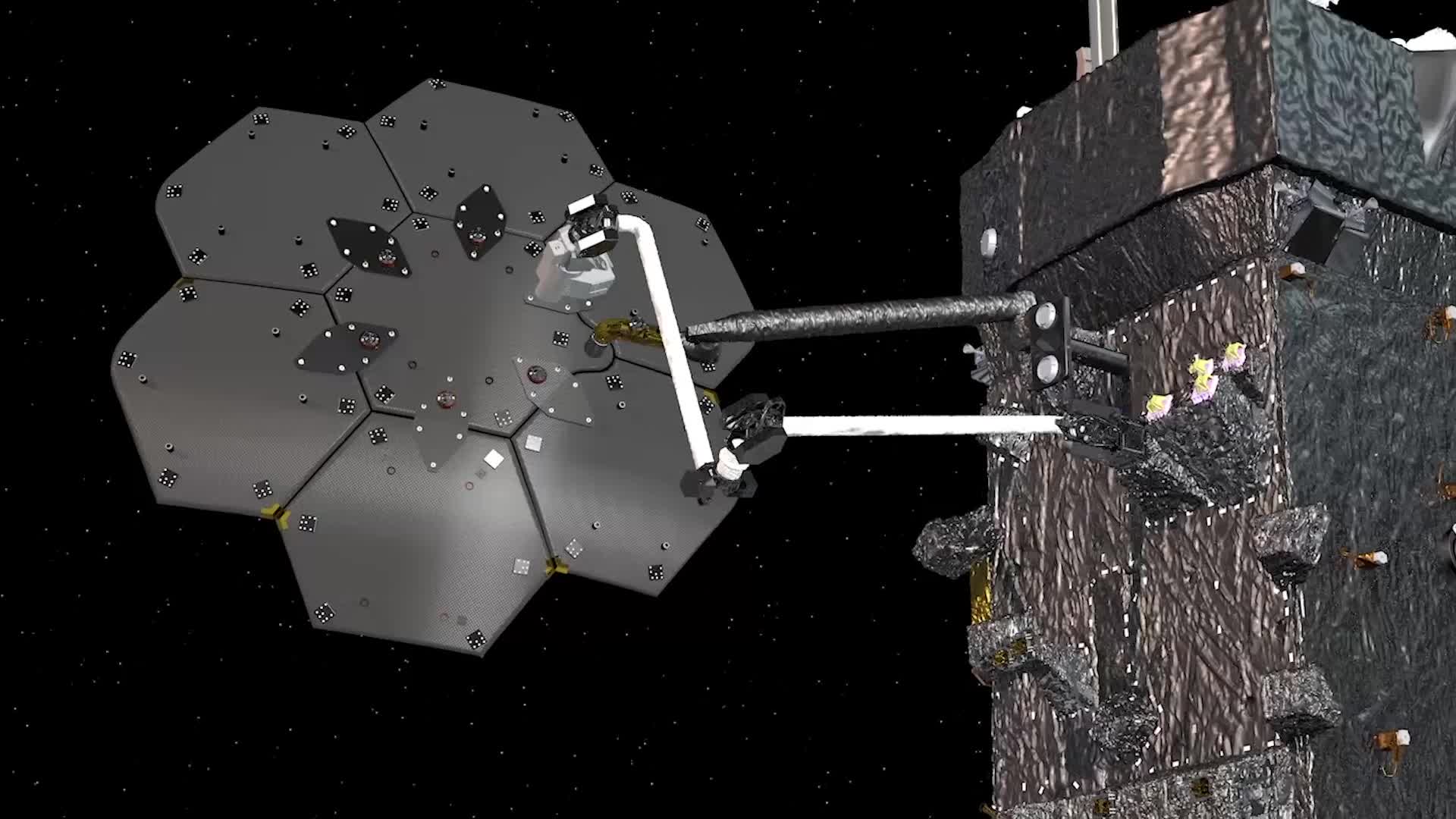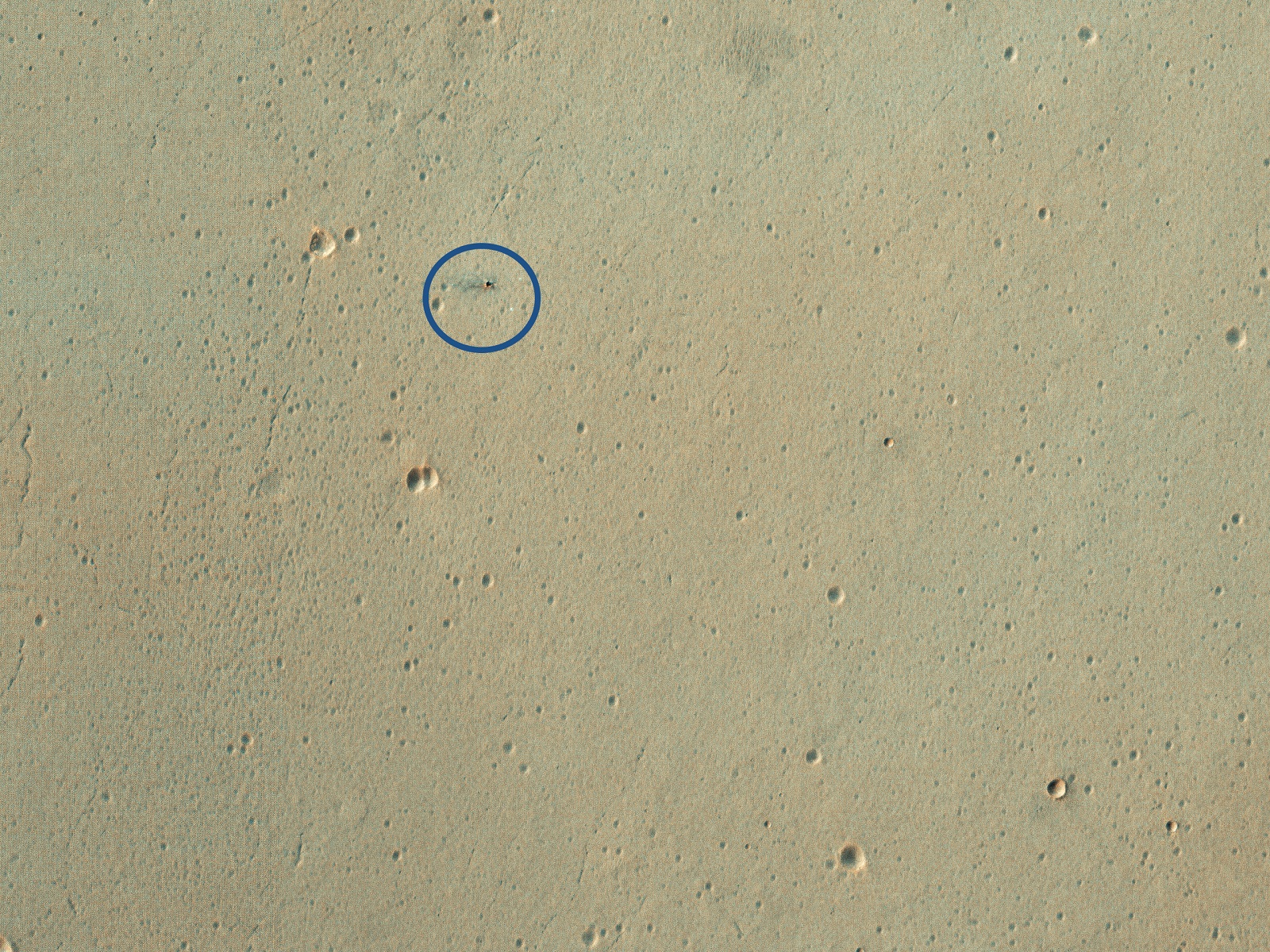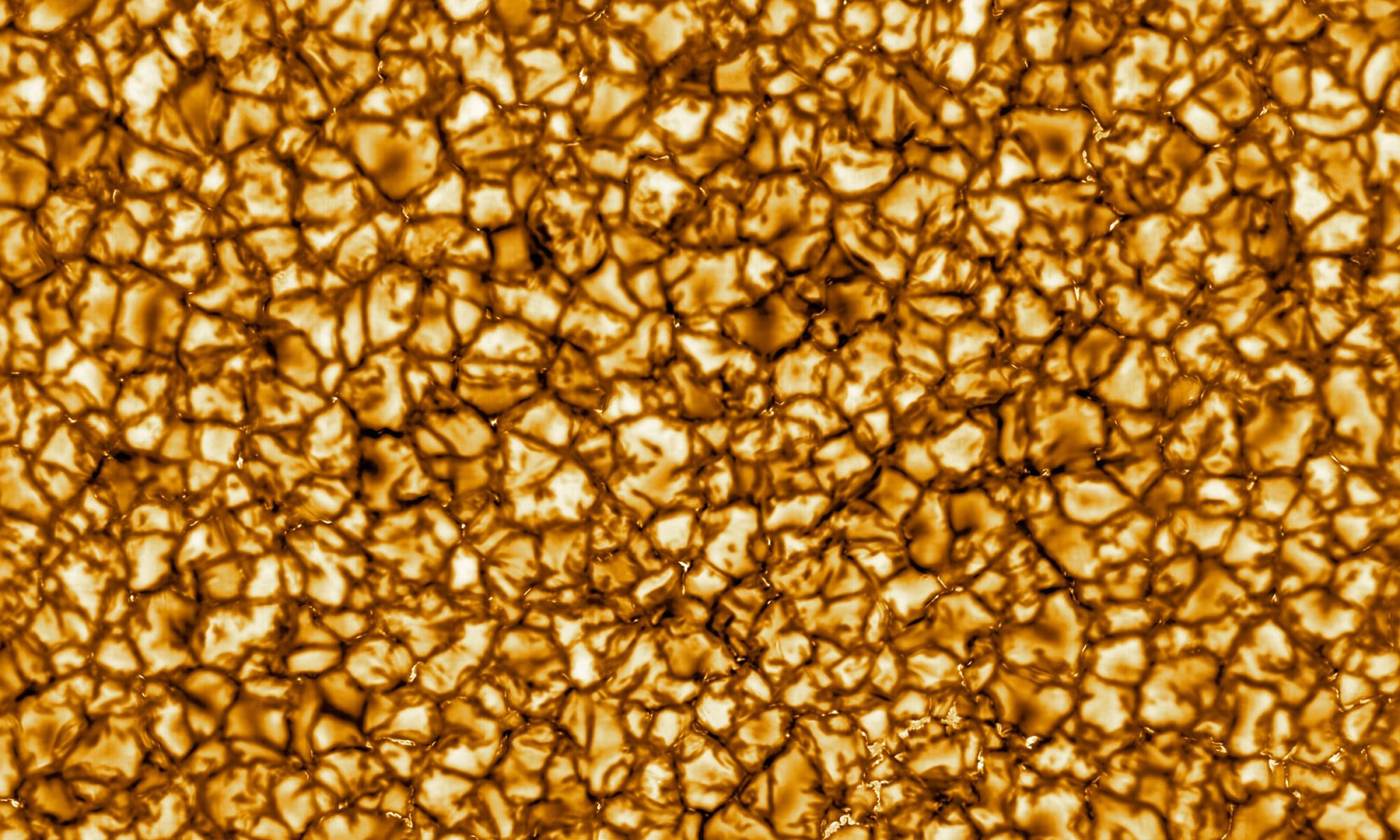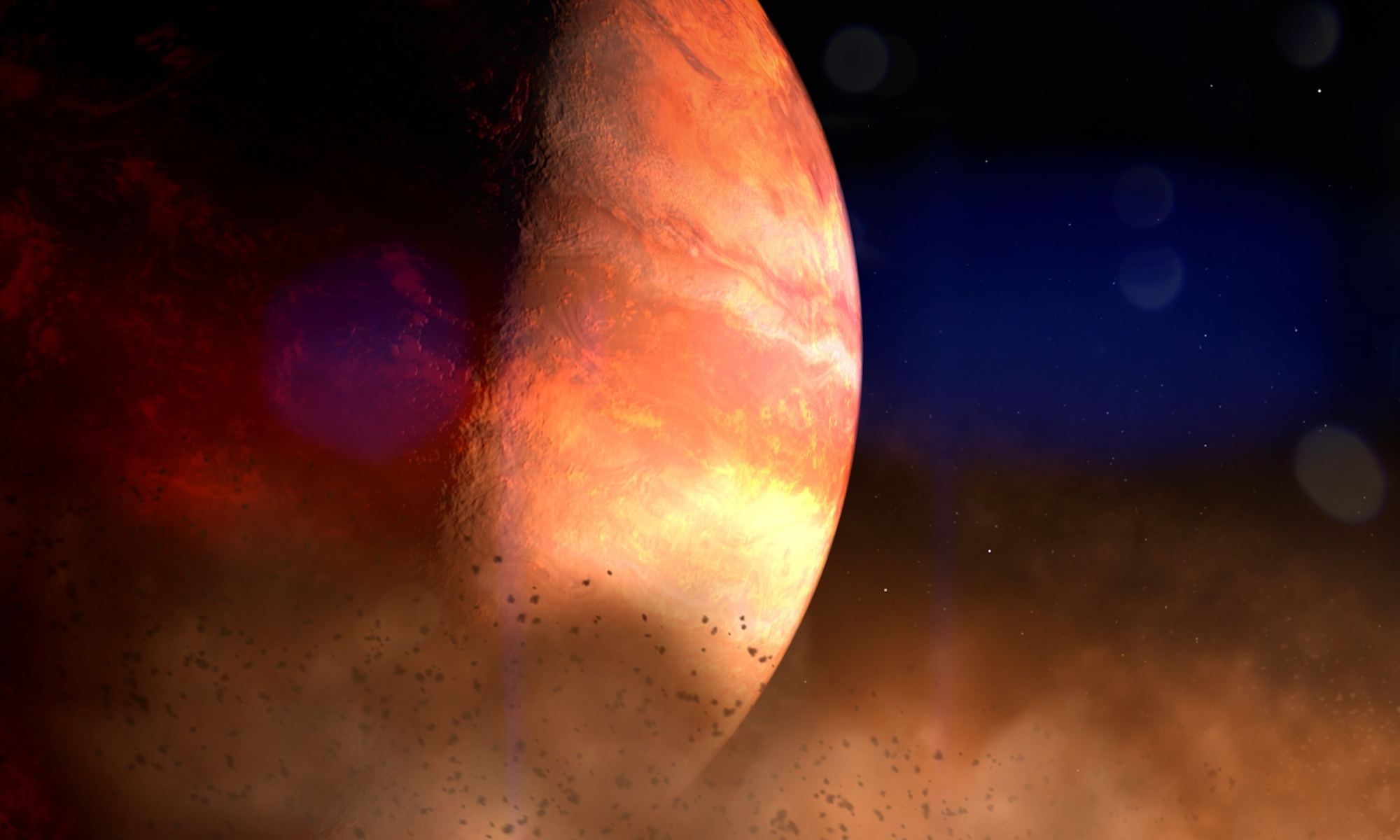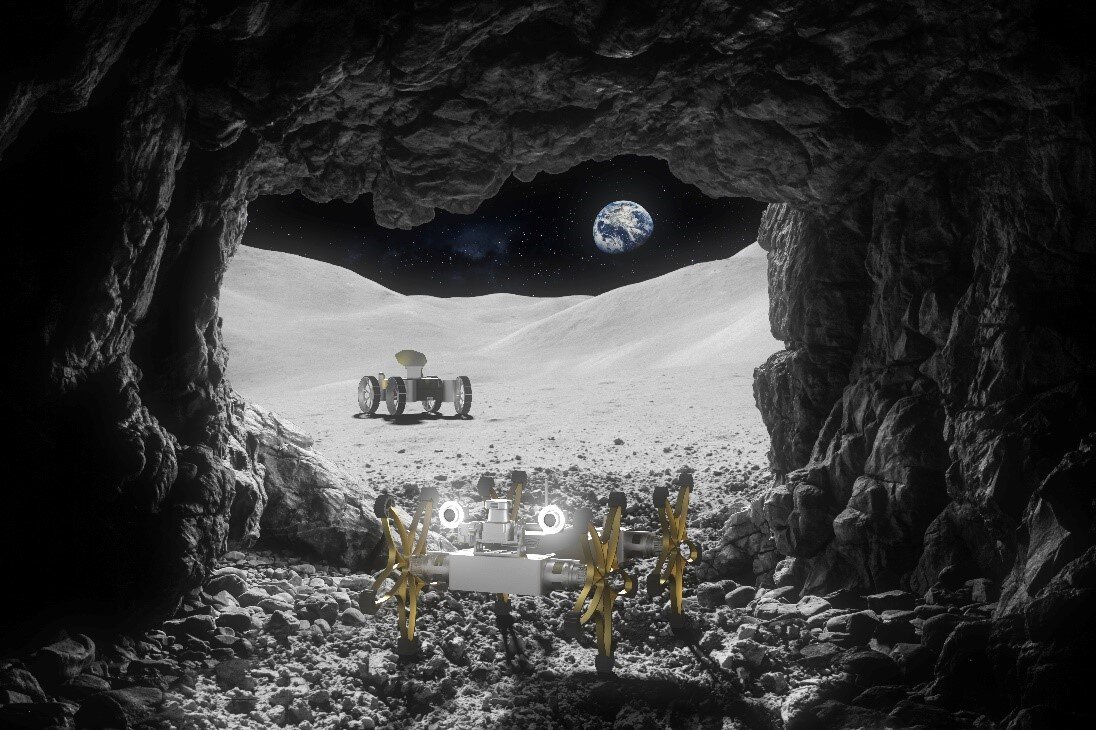In September of 2019, SpaceX unveiled the first Starship prototype, the first of several test vehicles that would validate the design of the next-generation spacecraft that would fulfill Musk’s promise of making commercial flights to the Moon and Mars. And while there was a bit of a setback in November of 2019 after the Mk. 1 suffered a structural failure, Musk indicated that the company would be moving forward with other prototypes.
As Musk explained at the time, this would consist of the Mk. 3 prototype conducting an orbital test flight to an altitude of 100 km (62 mi) sometime in 2020. According to recent filings made with the FCC, this test could be happening as early as mid-March and will involve the vehicle launching from the company’s test facility in Boca Chica, Texas, and flying to an altitude of 20 km (12.6 mi) before landing.
Continue reading “SpaceX Has Requested Permission to Fly Starship as Early as March”


